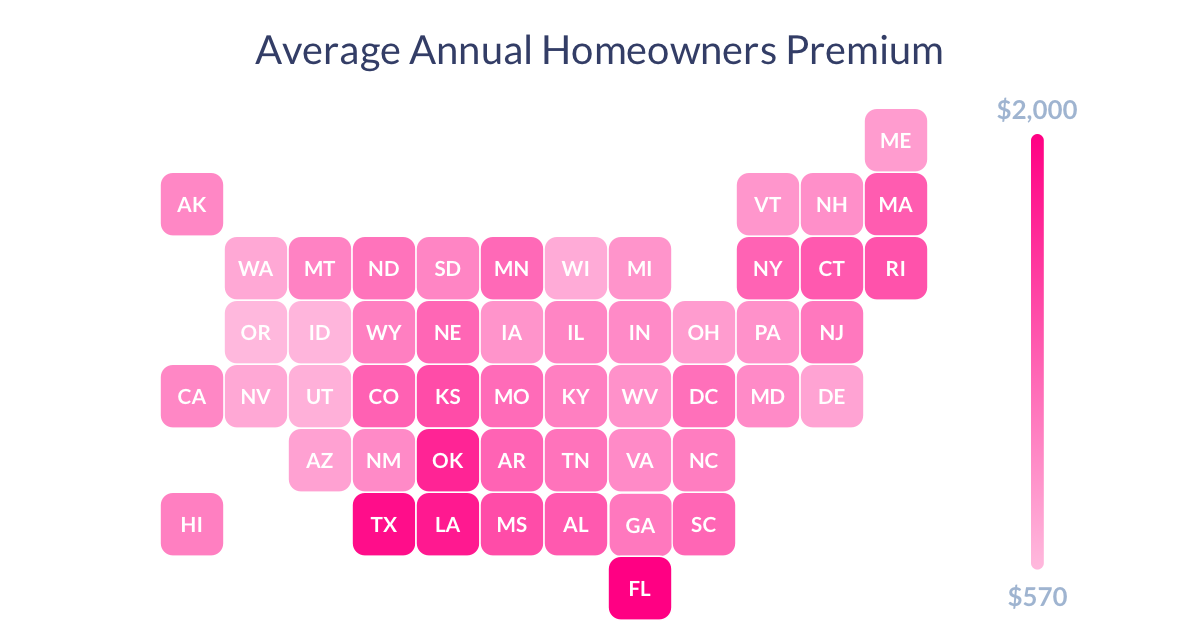Funds are entitled to enforce a waiting duration of as much as 12 months on advantages for any medical condition the symptoms and signs of which existed during the 6 months ending on the day the person first got insurance coverage. They are likewise entitled to impose a 12-month waiting period for advantages for treatment relating to an obstetric condition, and a 2-month waiting duration for all other advantages when an individual first secures private insurance. Funds have the discretion to decrease or eliminate such waiting periods in individual cases. They are likewise complimentary not to enforce them to begin with, but this would put such a fund at danger of "adverse selection", bring in an out of proportion number of members from other funds, or from the swimming pool of planning members who might otherwise have joined other funds.
The benefits paid out for these conditions would develop pressure on premiums for all the fund's members, triggering some to drop their subscription, which would cause additional increases in premiums, and a vicious circle of greater premiums-leaving members would take place. [] The Australian federal government has actually introduced a number of incentives to encourage adults to take out private hospital insurance coverage. These include: Life time Health Cover: If a person has not gotten private healthcare facility cover by 1 July after their 31st birthday, then when (and if) they do so after this time, their premiums should include a loading of 2% per year for each year they lacked healthcare facility cover.
The loading is removed after 10 years of continuous medical facility cover. The loading applies only to premiums for hospital cover, not to ancillary (additionals) cover. Medicare Levy Additional charge: People whose taxable earnings is greater than a defined quantity (in the 2011/12 fiscal year $80,000 for singles and $168,000 for couples) and who do not have an adequate level of private health center cover should pay a 1% surcharge on top of the requirement 1. 5% Medicare Levy. The rationale is that if individuals in this income group are forced to pay more money one way or another, the majority of would choose to purchase health center insurance with it, with the possibility of an advantage on the occasion that they require private hospital treatment rather than pay it in the form of additional tax as well as having to satisfy their own personal hospital expenses.

These changes need legal approval. An expense to alter the law has been presented however was not gone by the Senate. A modified variation was passed on 16 October 2008. There have actually been criticisms that the changes will trigger many individuals to drop their personal medical insurance, causing a further burden on the general public medical facility system, and an increase in premiums for those who remain with the private system. Other commentators think the impact will be very little. Private Health Insurance Coverage Refund: The federal government subsidises the premiums for all private medical insurance cover, including health center and ancillary (extras), by 10%, 20% or 30%, depending on age.
While this move (which would have needed legislation) was defeated in the Senate at the time, in early 2011 the Gillard Federal government revealed plans to reestablish the legislation after the Opposition loses the balance of power in the Senate. How much is car insurance per month. The ALP and Greens have actually long been against the rebate, describing it as "middle-class welfare". According to the Constitution of Canada, healthcare is primarily a provincial federal government duty in Canada (the main exceptions being federal government obligation for services supplied to aboriginal peoples covered by treaties, the Royal Canadian Mounted Authorities, the militaries, and Members of Parliament). Subsequently, each province administers its own health insurance coverage program.
Not known Factual Statements About How To Get Rid Of Mortgage Insurance
Under the Canada Health Act, the federal government requireds and imposes the requirement that all people have open door to what are termed "medically needed services," specified mostly as care provided by physicians or in healthcare facilities, and the nursing element of long-term residential care. If provinces enable doctors or organizations to charge clients for clinically essential services, the federal government decreases its payments to the provinces by the amount of the forbidden charges. Jointly, the general public provincial health insurance coverage systems in Canada are frequently described as Medicare. This public insurance is tax-funded out of general government profits, although British Columbia and Ontario levy a necessary premium with flat rates for individuals and households to generate extra revenues - in essence, a surtax.
4 provinces enable insurance for services likewise mandated by the Canada Health Act, however in practice, there is no market for it. All Canadians are totally free to use private insurance coverage for elective medical services such as laser vision correction surgical treatment, plastic surgery, and other non-basic medical treatments. Some 65% of Canadians have some form of extra private health insurance; a lot of them receive it through their companies. Private-sector services not spent for by the federal government account for nearly 30 percent of overall healthcare costs. In 2005, the Supreme wesley timeshare cancellation Court of Canada ruled, in, that the province's restriction on private insurance coverage for healthcare already insured by the provincial plan breached the Quebec Charter of Rights and Freedoms, and in particular the sections dealing with the right to life and security, if there were unacceptably long wait times for treatment, as was declared in this case.
World map of universal healthcare. What is renters insurance. Countries with complimentary and universal healthcare The national https://www.easkme.com/2020/07/crucial-things-check-before-buying-house.html system of health insurance coverage was instituted in 1945, just after the end of the 2nd World War. It was a compromise in between Gaullist and Communist agents in the French parliament. The Conservative Gaullists were opposed to a state-run healthcare system, while the Communists were supportive of a total nationalisation of health care along a British Beveridge design. The resulting program is profession-based: all individuals working are required to pay a portion of their income to a not-for-profit medical insurance fund, which mutualises the danger of disease, and which reimburses medical expenses at differing rates.
Each fund is complimentary to handle its own budget plan, and used to compensate medical costs at the rate it saw fit, nevertheless following a number of reforms recently, the bulk of funds offer the very same level of compensation and advantages (How to get health insurance). The federal government has two responsibilities in this system. The very first federal government duty is the repairing of the rate at which medical expenditures must be worked out, and it does so in 2 methods: The Ministry of Health directly negotiates prices of medicine with the producers, based upon the average cost of sale observed in neighboring countries. A https://bloggingheros.com/are-you-entitled-to-compensation-7-signs-you-have-a-timeshare-legal-case/ board of physicians and professionals decides if the medicine offers an important enough medical advantage to be reimbursed (note that most medicine is reimbursed, consisting of homeopathy).
